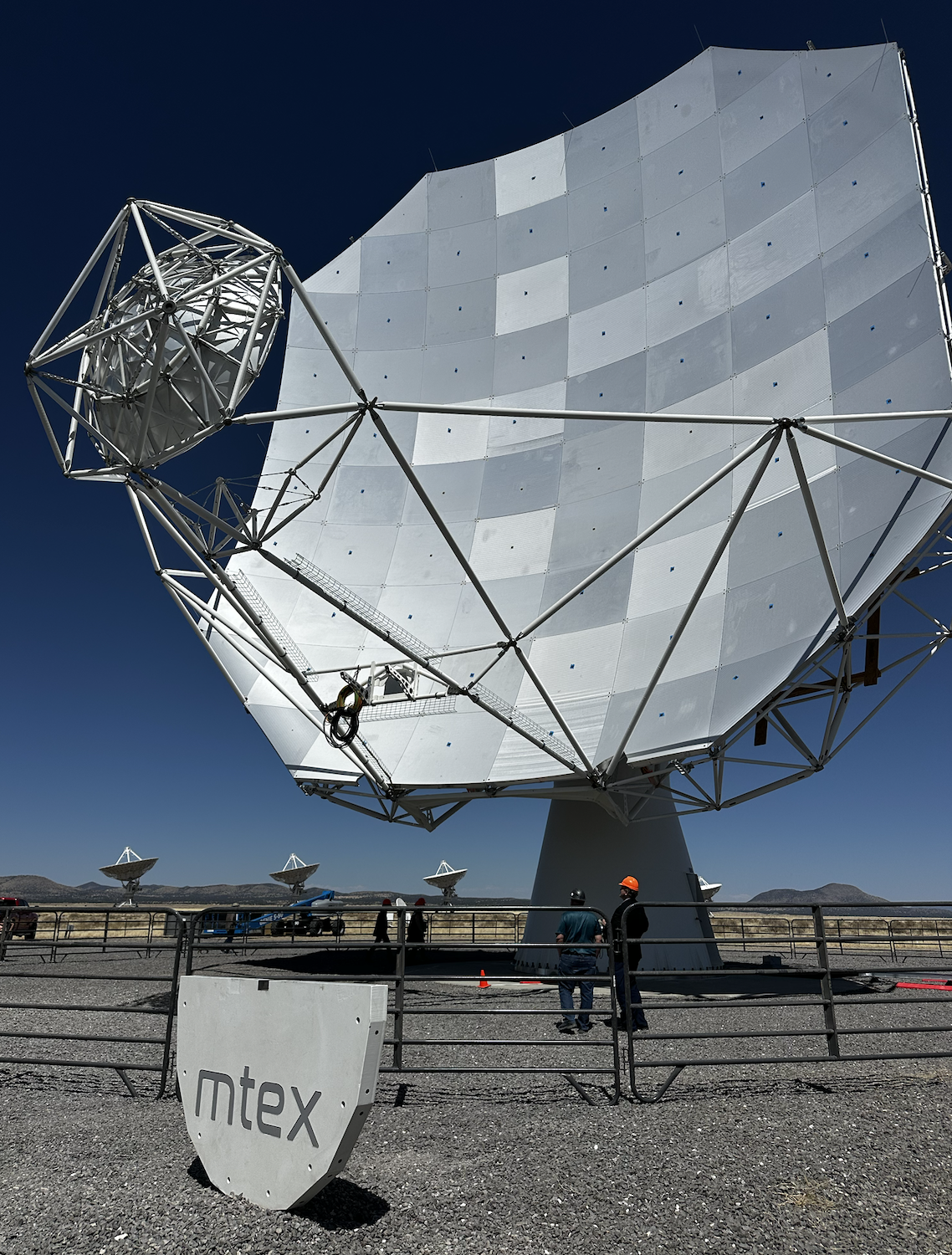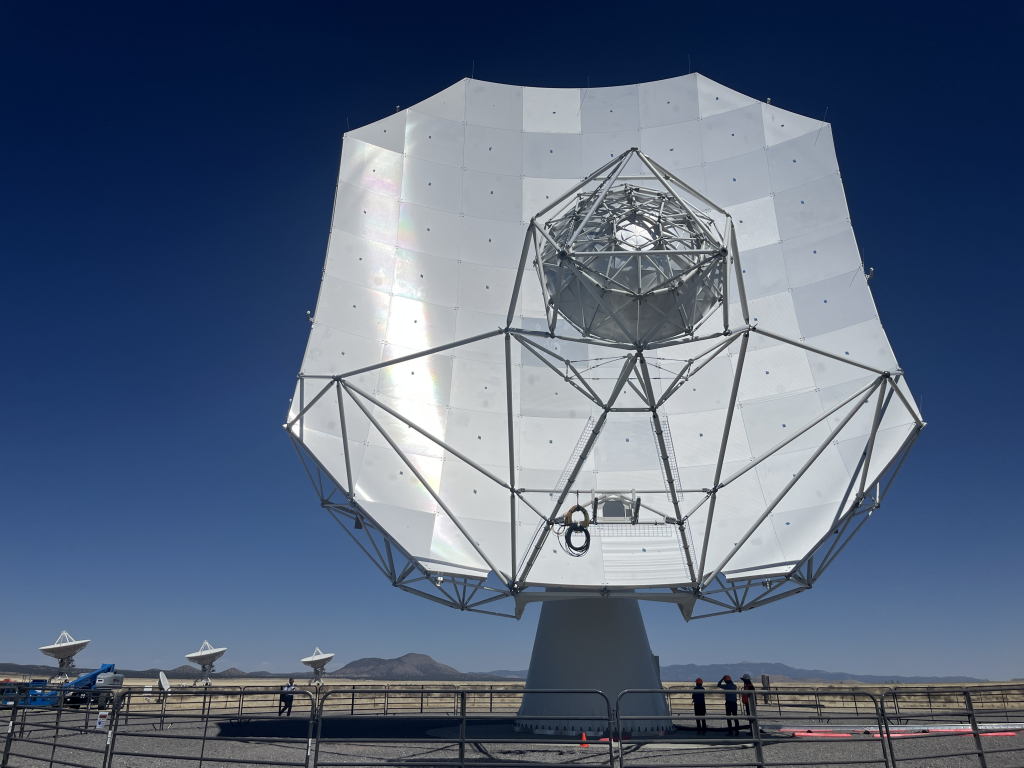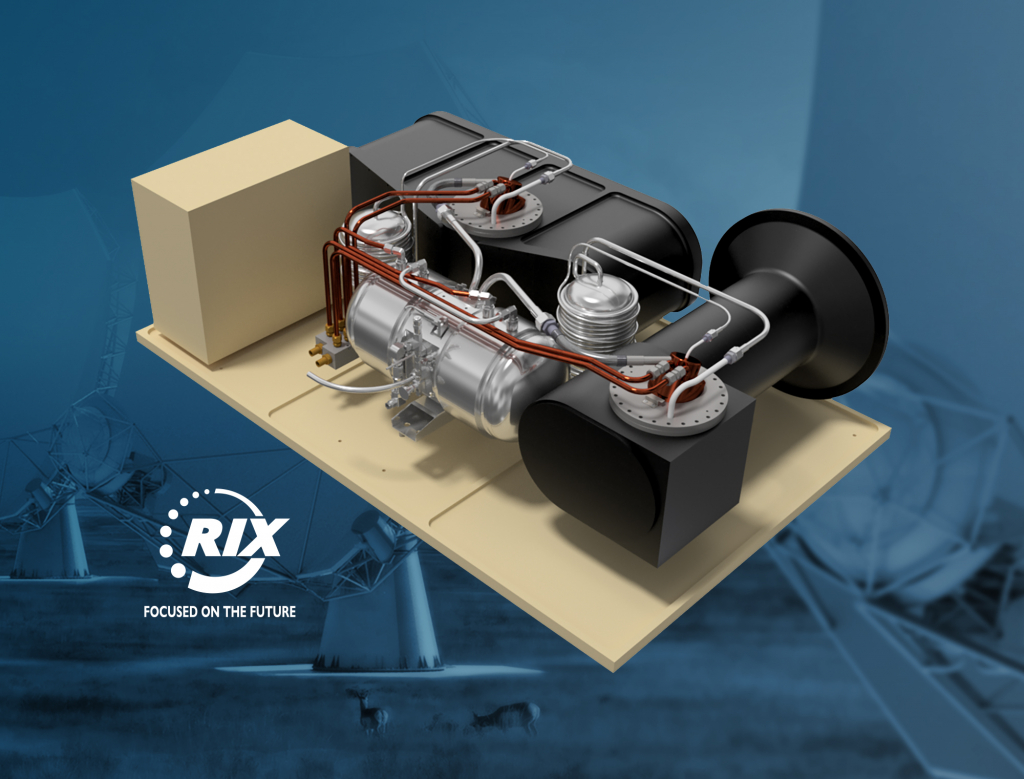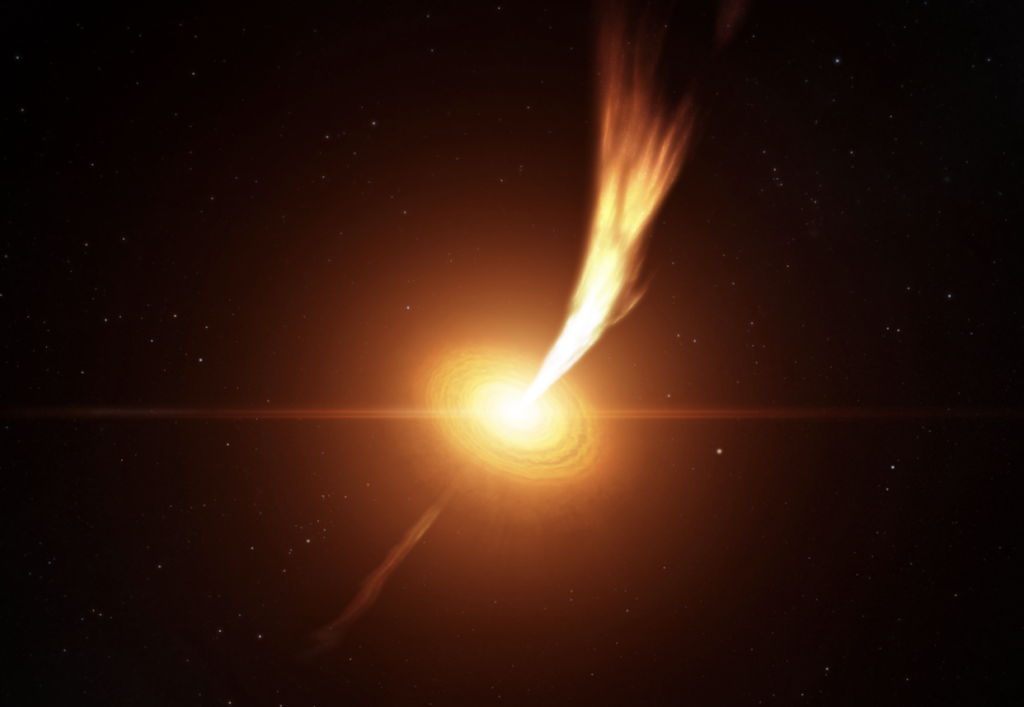The U.S. National Science Foundation National Radio Astronomy Observatory (NSF NRAO) and the Texas Tech University System (TTU System) have signed a Memorandum of Understanding (MOU) to collaborate on the establishment of a critical site for a proposed, cutting-edge telescope, the Next Generation Very Large Array (ngVLA).




